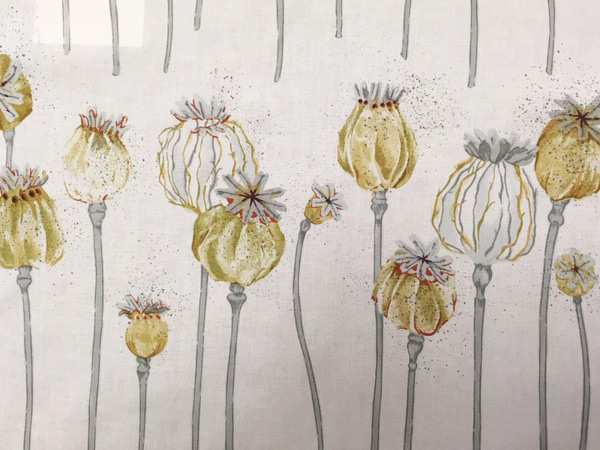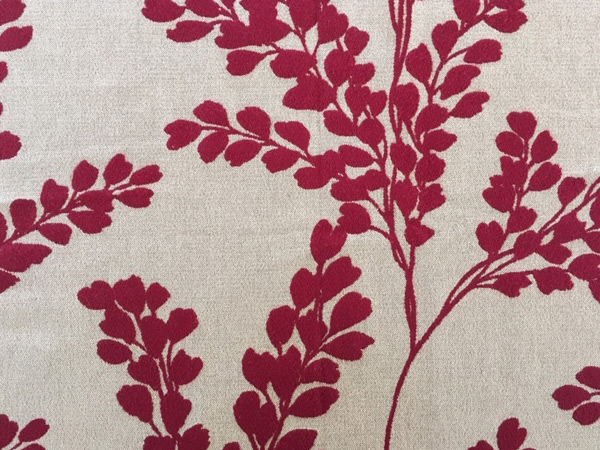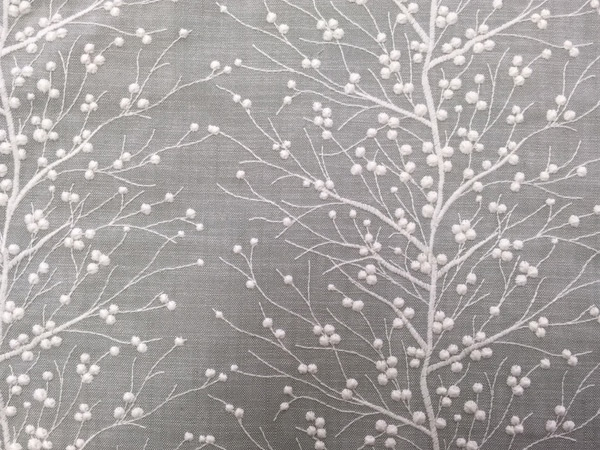
It’s so easy to get carried away by fabrics for upholstery.
Maybe you’ve found the perfect fabric with a curvy pattern that reminds you of the birds swooping in to the feeder outside the window, or a spark of color that brings the room to life, or a soft texture that makes you feel warm & fuzzy in your favorite chair.
When you fall head over heels in love, it’s a natural human tendency to jump to the engagement before the first date is even over. As my mother would say: “Hold on, not so fast…!”

Here’s a question I received from a student shopping for her first upholstery project:
I have a question regarding sources for fabric. Is it necessary to purchase from an ‘upholstery’ shop or can I go to my local fabric store? Are there any concerns I should be aware of with respect to the quality of upholstery fabrics from an all-purpose fabric store? Given this is my first project, I do not want to buy expensive fabric, but I do want the quality to be durable.
I get it: spending $150/yard on fabric for a debut project doesn’t make sense.
Okay, even $50/yard may seem over the top. and there ARE some decent options out there for less. So how do you tell good quality from poor quality?
For starters, I always recommend staying with upholstery-weight fabric. Upholstery fabric must hold up to stresses that lighter-weight quilting and garment fabrics are never exposed to: the stretching, tightening and stapling of the upholstery process. Upholstery shops are (usually) dependable for carrying high quality fabric. If you’re buying at discount, here are
5 tips to help you steer clear of disaster:
- Do the ‘crease’ test: Fold the fabric on a corner and crease it tightly between thumb & fingers, it should NOT leave a stiff crease, which is a sign that those weak threads could break or tear easily.
- Take note of how much it frays at the edge, as this could make it more difficult to work with. Fraying does not necessarily indicate low quality – you can surge the edges to minimize the challenges.
- Do a stretch test: Pull the fabric across the grain, then diagonally – it will always stretch more on the (diagonal) bias, and good fabric choice will usually have very little stretch in the straight direction of the weave. You want a ‘healthy’ amount of stretch for workability, but not too much.
- Check for workability: Stretch a section of the fabric over your knee to get the feel of whether it’s appropriate for upholstery.
- Check the pattern: If there’s a pattern or print, make sure it’s straight on the roll and not skewed – crooked weave is often a reason for discounting fabrics.
Additional reading:
If you’re looking at fabric sample books at an upholstery shop, check out this video first, to learn how to make sense of the upholstery jargon inside.
Check out this post for an example of an (advanced) challenge: matching a large pattern on a wing back chair – not a chair for a beginner, but a good illustration of pattern-matching.
Read more tips for choosing colors for upholstery, and for working with velvet.
Thanks for visiting!
I hope you’ve found this post helpful. If I’ve left something out, please post your questions in the comments below.
Subscribe to the mailing list to get more tips and upholstery education updates in your inbox!

Hi Carla, I’m building a reading nook and want a super comfy approximately 30 x 66″ bench. I’m not sure about back and side cushions or just use pillows. I want the seat big enough and comfy enough to take a nap on. What type of foam should I use? And do you recommend built in back cushions or pillows. Thank you
Hi Laura,
I am all for natural latex foam, since it doesn’t have petroleum products or chemicals in it. You can find a vendor on the ‘Where to Buy Natural Upholstery Materials’ page. Since comfort is a subjective judgement, and largely dependent upon the firmness of your cushions, I’m going to refer you to ‘How to Choose Latex Firmness for Upholstery’. As for pillows vs built-in back cushions, this is also a personal preference decision, though I would add that pillows can be moved around to adjust your position, while built-in cushions stay in one place. Personally, I might opt for both :).
You got my attention when you said that you could check whether it’s appropriate for upholstery when you stretch a section of the fabric over your knee. This is something that I will consider because I am interested in having our damaged furniture restored. It is important for me to find the right fabric because my aunt who is a stroke patient needs to have a comfortable bed and couch every single time. Thanks for sharing this.